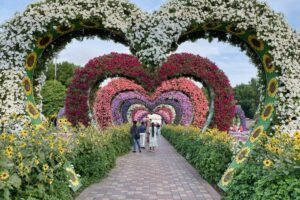Norway’s Viking heritage is an integral part of its history, shaping the culture, identity, and landscapes of the country. The Viking Age, which spanned from the late 8th century to the early 11th century, was a period of exploration, warfare, and cultural exchange that left a lasting mark on Norway. Today, visitors to Norway can delve into this fascinating history through museums, ancient monuments, and historical landmarks. Whether you’re a history enthusiast or simply intrigued by the legendary Viking era, here are some must-visit places to explore Norway’s Viking heritage.
1. Viking Ship Museum (Vikingeskipshuset) – Oslo
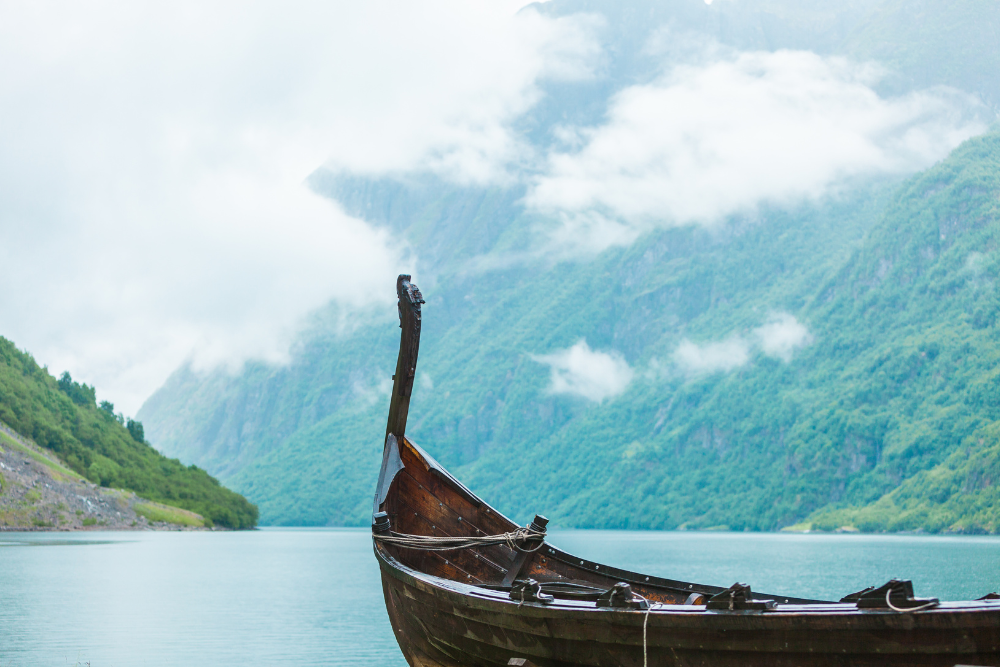
Located in the Norwegian capital, Oslo, the Viking Ship Museum is one of the most iconic museums dedicated to preserving Viking history. It showcases some of the best-preserved Viking ships and artifacts from the Viking Age, offering a fascinating glimpse into the seafaring life of the Vikings.
- Highlights:
- The museum is home to three incredible Viking ships: the Oseberg Ship, Gokstad Ship, and Tune Ship. These vessels were excavated from burial mounds and are remarkably well-preserved, offering insights into Viking shipbuilding techniques and their significance in Viking society.
- The Oseberg ship, in particular, is one of the most famous and beautifully decorated Viking ships ever discovered, with intricate carvings and elaborate craftsmanship.
- In addition to the ships, the museum features Viking-era artifacts, including tools, textiles, and personal items that provide insight into Viking life and their customs.
- Best Time to Visit: The museum is open year-round, but visiting in the summer months (June to August) offers longer hours and the chance to explore Oslo’s vibrant outdoor culture.
2. The Vikingskipet (Viking Ship) – Hamar
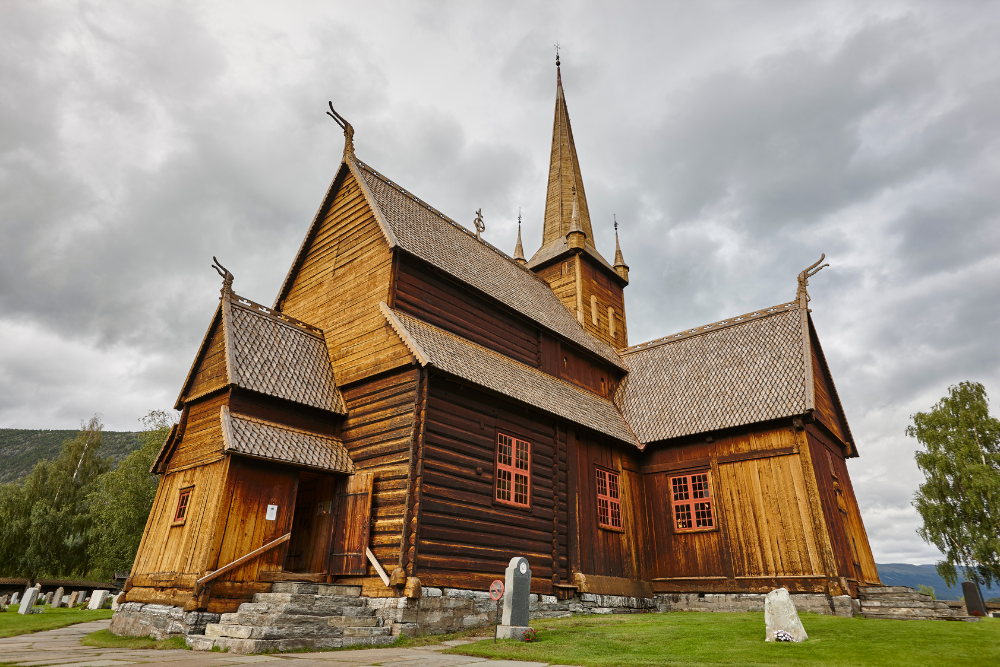
The Vikingskipet is located in Hamar and is a striking, modern building designed to resemble a Viking longship. This venue is home to both the Viking Ship Museum and hosts events, exhibitions, and competitions related to Viking heritage. It’s an excellent stop for those interested in Norway’s Viking past and its modern interpretation.
- Highlights:
- The venue hosts exhibits on Viking maritime technology and culture, as well as temporary exhibitions on different aspects of Viking history.
- The modern architecture of Vikingskipet makes it a unique place to explore Viking heritage in a contemporary setting.
- Visitors can also learn about Viking exploration, which took them across vast distances, from the British Isles to North America.
3. Lofotr Viking Museum – Borg, Lofoten Islands
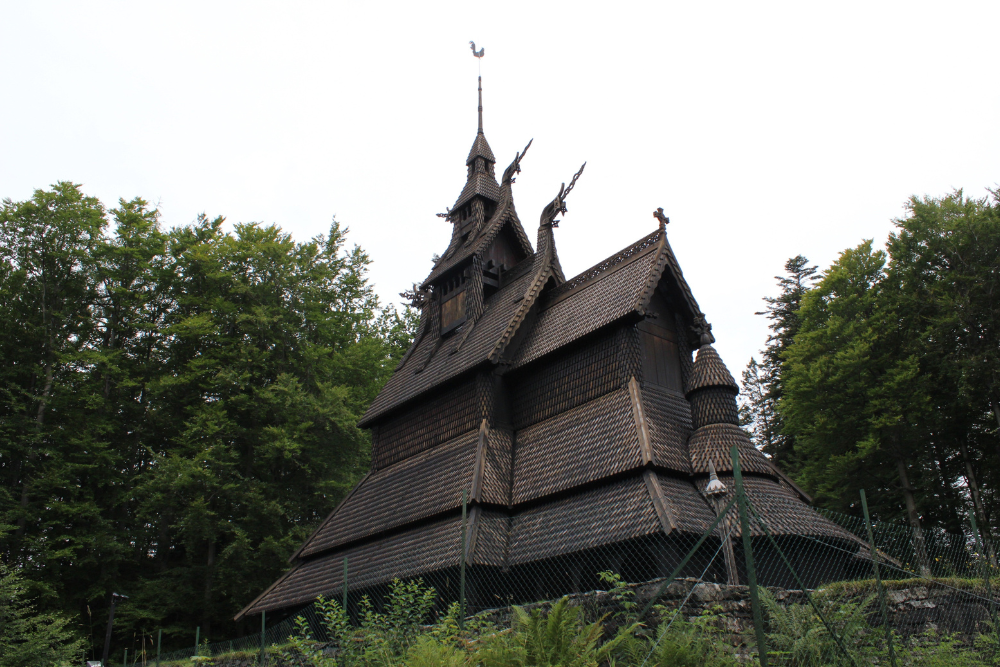
The Lofotr Viking Museum in the Lofoten Islands offers one of the most immersive Viking experiences in Norway. The museum is located in the historic site of a Viking chieftain’s settlement and features a reconstructed Viking longhouse, giving visitors a glimpse of life during the Viking Age.
- Highlights:
- The centerpiece of the museum is the Viking Longhouse, which is one of the largest reconstructions of its kind in Scandinavia. Visitors can step inside the longhouse, explore its interior, and even experience Viking-style feasts and activities.
- The museum also includes an extensive collection of Viking artifacts discovered in the area, such as weapons, tools, and jewelry.
- The Lofotr Viking Museum regularly hosts Viking reenactments, where visitors can see Viking craftsmanship, weaponry, and everyday life in action.
- The surrounding landscape is also incredibly scenic, with dramatic fjords and mountains, enhancing the Viking experience.
4. Hedmark Viking Centre – Gudbrandsdalen

The Hedmark Viking Centre is a living history museum located in the Gudbrandsdalen Valley. It allows visitors to step back in time and experience Viking life in an authentic environment, complete with reconstructed Viking houses, workshops, and a reconstructed Viking boat.
- Highlights:
- The museum offers hands-on experiences where visitors can try activities such as blacksmithing, woodworking, and even Viking cooking, giving a deeper understanding of the daily life of Vikings.
- The site also features reenactments of Viking festivals and gatherings, allowing visitors to witness Viking traditions and cultural practices firsthand.
- The surrounding Gudbrandsdalen Valley, with its rolling hills and traditional wooden farms, provides an evocative backdrop to the Viking experience.
5. The Viking Burial Mounds – Jelling, Denmark (Nearby Norway)
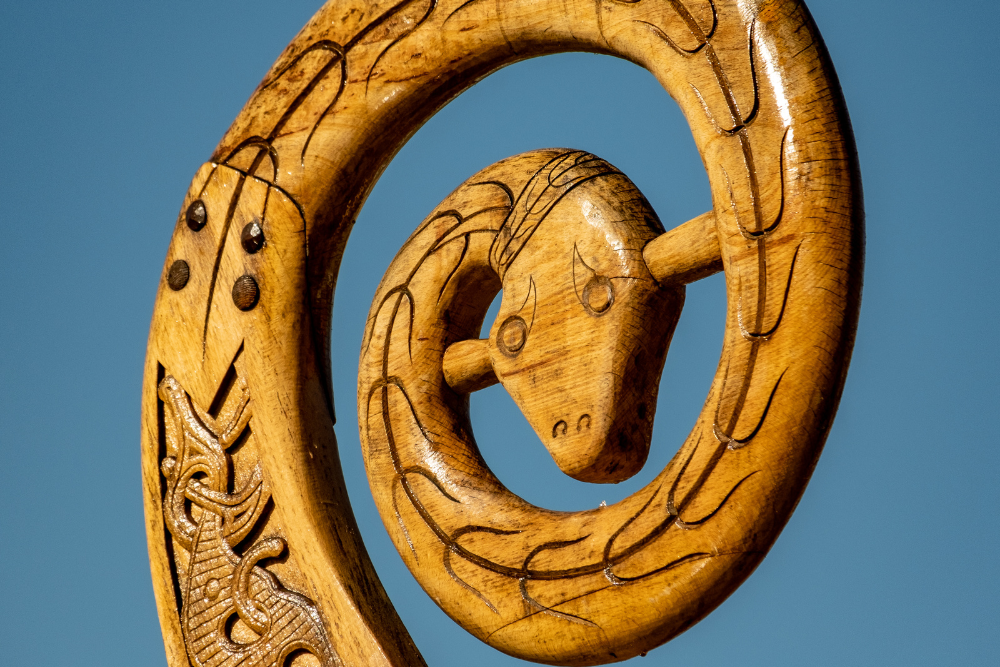
While not located in Norway, the Viking Burial Mounds in Jelling, Denmark, are significant to understanding the Viking legacy across Scandinavia. This UNESCO World Heritage Site offers valuable insight into Viking rituals, including burial practices, and is often included in broader Scandinavian Viking heritage tours that span multiple countries.
- Highlights:
- The Jelling mounds are the burial site of King Gorm the Old and his son, King Harald Bluetooth, who is credited with uniting Denmark and Norway.
- The Jelling Stones are large runestones that offer important historical records of Viking kings and their achievements.
- The site is a great starting point for those exploring the Viking Age through Scandinavian heritage.
Norway’s Viking heritage is not just about artifacts and ancient ruins—it’s about connecting with a culture that shaped not only the country but also the wider world through exploration, trade, and conquest. Whether you’re exploring museums, walking in the footsteps of Viking chieftains, or witnessing reenactments of Viking life, Norway offers an incredible array of experiences that bring the Viking Age to life. Make sure to include these museums and landmarks on your next trip to Norway for a deep dive into the world of the Vikings.




